International Relations
ADB Regional Conference and PM Gati Shakti
For Prelims: Asian Development Bank (ADB), PM Gatishakti National Master Plan, Logistics sector related initiatives
For Mains: PM Gati Shakti, Role of Asian Development Bank
Why in News?
Recently, the 2023 Regional Cooperation and Integration (RCI) Conference was organised by the Asian Development Bank (ADB) at Tbilisi, Georgia where India showcased its PM Gatishakti National Master Plan.
What is the Asian Development Bank?
- About:
- ADB is a regional development bank established in 1966 with the objective of promoting social and economic development in Asia and the Pacific.
- It has 68 members; 49 are from within Asia and the Pacific and 19 outside. India is a founding member.
- ADB assists its members and partners by providing loans, technical assistance, grants, and equity investments to promote social and economic development.
- As of 31st December 2022, ADB's five largest shareholders are Japan and the US (each with 15.6% of total shares), China (6.4%), India (6.3%), and Australia (5.8%).
- It is headquartered in Manila, Philippines.
- ADB is a regional development bank established in 1966 with the objective of promoting social and economic development in Asia and the Pacific.
- About ADB Conference:
- Theme for 2023 Conference:
- Strengthening Regional Cooperation and Integration through Economic Corridor Development (ECD).
- Objective:
- Explore ways to integrate spatial transformation/area-centric approach with the ECD and strengthen regional cooperation through a broader approach.
- Knowledge sharing on application of the ECD framework and operational guidelines for investable projects.
- Participation:
- The conference saw participation from more than 30 member countries.
- India’s Role:
- At the RCI Conference, India offered its indigenously developed GIS-based technology though knowledge sharing to ADB and South Asia Subregional Economic Cooperation (SASEC) countries for enhancing socio-economic planning and regional cooperation.
- Theme for 2023 Conference:
What is PM GatiShakti National Master Plan for Multi-modal Connectivity?
- It is a Made in India initiative, a transformative ‘whole-of-government’ approach for integrated planning of multimodal infrastructure connectivity to economic nodes and social infrastructure, thereby improving logistics efficiency.
- PM Gati Shakti principles bring socio-economic area-based development as part of regional connectivity.
- PM GatiShakti was launched in October 2021.
- The Gati Shakti scheme subsumed Rs. 110 lakh crore National Infrastructure Pipeline launched in 2019.
- PM Gatishakti National Master Plan is a Geographic Information System (GIS) data-based digital platform with over 1400 data layers and 50+ tools.
- It provides visual representation of trunk and utility infrastructure, land use, existing structures, soil quality, habitation, tourism sites, forest sensitive areas etc.
- The initiative is also being implemented to enhance connectivity with regional partners as well. Some of the suitable examples are:
- The Indo-Nepal Haldia Access Controlled Corridor project (eastern Indian states and Nepal)
- Regional Waterways Grid (RWG) project for multimodal connectivity to growth centres and border points.
Government of India’s Other Initiatives for Logistics Sector:
- National Logistics Policy (NLP)
- Multimodal Transportation of Goods Act, 1993.
- Multi Modal Logistics Parks
- LEADS Report
- Dedicated Freight Corridor
- Sagarmala Projects
- Bharatmala Project
- Digital Initiatives:
- Unified Logistics Interface Platform (ULIP)
- Logistics Data Bank (LDB)
UPSC Civil Services Examination Previous Year’s Question (PYQs)
Mains
Q. The Gati-Shakti Yojana needs meticulous coordination between the government and the private sector to achieve the goal of connectivity. Discuss. (2022)


International Relations
Negotiations to Revive Black Sea Grain Deal
For Prelims: Negotiations to Revive Black Sea Grain Deal, United Nations (UN), Food Crises, NATO (North Atlantic Treaty Organization).
For Mains: Negotiations to Revive Black Sea Grain Deal.
Why in News?
Recently, the Turkish President has met with the Russian President in order to revive Black Sea Grain Deal, which Russia had withdrawn from in July 2023.
What is the Black Sea Grain Initiative?
- About:
- The Black Sea Grain initiative endeavors to tackle escalating food prices emanating from supply chain disruptions because of Russian actions in the world’s ‘breadbasket’.
- The deal brokered by the United Nations (UN) and Turkey, was signed in Istanbul in July, 2022.
- The Initiative specifically allows for commercial food and fertilizer (including ammonia) exports from three key Ukrainian ports in the Black Sea – Odesa, Chornomorsk, Yuzhny/Pivdennyi.
- Objective:
- Initially stipulated for a period of 120 days, the deal was to provide for a safe maritime humanitarian corridor for Ukrainian exports (particularly for food grains).
- The central idea was to calm markets by ensuring an adequate supply of grains, thereby limiting food price inflation.
- Role of Joint Coordination Centre (JCC):
- The JCC was established to monitor the implementation of the Black Sea Grain Initiative.
- The JCC is hosted in Istanbul and includes representatives from Russia, Türkiye, Ukraine and the UN. The UN acts also as the Secretariat for the Centre.
- All commercial ships are required to register directly with the JCC to ensure appropriate monitoring, inspection and safe passage. Inbound and outbound ships (to the designated corridor) transit as per a schedule accorded by the JCC post-inspection.
- This is done so as to ensure there is no unauthorised cargo or personnel onboard.
- Following this, they are allowed to sail onwards to Ukrainian ports for loading through the designated corridor.
What are the Reasons Behind Russia's Exit from the Grain Deal?
- Russia claims that the promises made to it under the deal have not been met, and it is still facing trouble exporting its own agricultural products and fertilisers because of the many sanctions the West has slapped on it.
- While there is no direct restriction on Russia’s agricultural products, the country says barriers on payment platforms, insurance, shipping and other logistics are hampering its exports.
- Russia has also said that it had agreed to the grain deal in order to help ensure global food security, but Ukraine has since exported mainly to high-and middle-income countries.
- Russia cited the failure to uphold a parallel agreement that promised to remove obstacles to its exports of food and fertilizer as the reason for its withdrawal.
- Russia claimed that shipping and insurance restrictions hindered its agricultural trade, despite its record-breaking wheat exports in recent years.
What is Turkey’s Stake at Brokering the Deal?
- Turkey has played a crucial role in attempting to reinstate the grain deal. It has consistently pledged to renew arrangements that helped prevent Food Crises in various parts of Africa, the Middle East, and Asia.
- Both Ukraine and Russia are significant suppliers of wheat, barley, sunflower oil, and other essential goods for developing nations.
- Turkey's close ties with Putin during the 18-month Ukraine conflict have positioned it as a vital trading partner and logistical hub for Russia's international trade.
- Despite its NATO (North Atlantic Treaty Organization) membership, Turkey has refrained from imposing Western sanctions on Russia following its invasion of Ukraine, highlighting its unique diplomatic position.
Why is the Black Sea Grain Initiative Important?
- Ukraine is among the largest exporters of wheat, maize, rapeseed, sunflower seeds and sunflower oil, globally.
- Its access to the deep-sea ports in the Black Sea enables it to directly approach Russia and Europe along with grain importers from the Middle East and North Africa.
- The initiative has also been credited for having made a huge difference to the global cost of living crisis.
- This agreement facilitated the safe export of nearly 33 million metric tons (36 million tons) of grain and other commodities from three Ukrainian ports despite Russia's Ongoing War.
- People hoarding the grain in the hope of selling it for a sizable profit owing to the supply crunch were now obligated to sell.
- Although the initiative alone cannot address global hunger, it can avert the chances of the global food crisis spiralling further, especially when the region is yet to scale prior year levels.
How are Russia, Ukraine Grain Exports Faring Amid the War?
- Russia is consolidating its position as the world’s top wheat exporter, even as Ukraine’s shipments are projected to more than halve from their peak and production plunge to a 11-year-low.
- The primary destinations for Russian wheat are the Middle East, North Africa and Central Asia, led by Egypt, Iran and Algeria.
- While the Black Sea Grain Initiative helped Ukraine export 16.8 million tonnes in 2022-23, about 39% of its wheat actually moved via the land route to Eastern Europe.
- Ukraine’s markets have shifted dramatically from Asia and North Africa before the war to mainly Europe, mostly due to ease of shipment.
- In fact, glut of Ukrainian grain has led to protests from farmers in some Eastern European countries, who said the price of their produce had crashed.
UPSC Civil Services Examination Previous Year’s Question (PYQs)
Q. Consider the following countries: (2023)
- Bulgaria
- Czech Republic
- Hungary
- Latvia
- Lithuania
- Romania
How many of the above-mentioned countries share a land border with Ukraine?
(a) Only two
(b) Only three
(c) Only four
(d) Only five
Ans: (a)
- As per the map given below, only Hungary and Romania share their land borders with Ukraine.
- Hence, option A is correct.

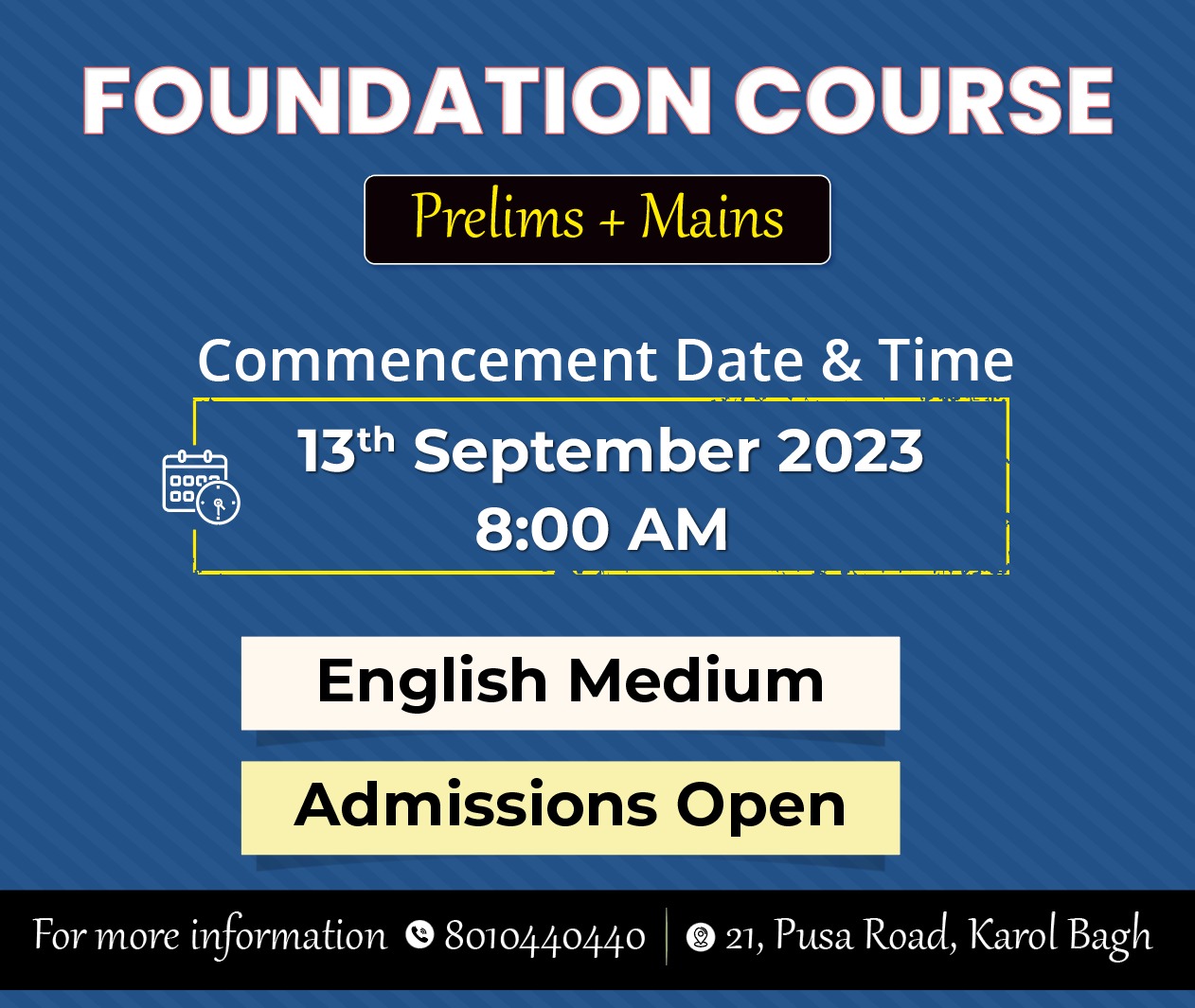
Governance
Shifting Trends in Online News Consumption
For Prelims: Information Technology (Intermediary Guidelines and Digital Media Ethics Code) Rules, 2021, Press Council of India (PCI), Regulatory Authorities for Press and Media.
For Mains: Role of digital media in fake news spread and its impact on social harmony and national security, Responsibilities of media organizations in ensuring accurate and unbiased reporting.
Why in News?
The Reuters Institute's recently published 2023 Digital News Report has unveiled significant shifts in online news consumption patterns across the globe.
- The Reuters Institute for the Study of Journalism is dedicated to exploring the future of journalism worldwide through debate, engagement, and research.
What are the Key Highlights of the Report?
- Shifting Patterns in Online News Consumption in India:
- Indians are increasingly turning to search engines and mobile news aggregators(43%) (online platforms or software devices that collect news stories) as their primary sources of online news, moving away from traditional news websites.
- Only 12% prefer reading news from direct sources, i.e. newspapers, while 28% prefer social media for news reading.
- Prefer watching or listening to news content over reading it.
- Indians are increasingly turning to search engines and mobile news aggregators(43%) (online platforms or software devices that collect news stories) as their primary sources of online news, moving away from traditional news websites.
- Regional Contrasts in Online News Engagement:
- Scandinavian countries maintain direct engagement with established news brands.
- Asia, Latin America, and Africa rely heavily on social media for news.
- Diverse Preferences Across Countries:
- Reading dominates in Finland and the UK (80%).
- India and Thailand prefer watching news online (40%).
- The Philippines leads with 52% favouring video news.
- Impact of Covid-19 on News Consumption:
- There are alarming declines in both the reading and sharing of news in India. The data show that access to online news has sharply fallen by 12 % points between 2022 and 2023.
- Television viewership, especially among younger and urban individuals, has also decreased by 10%.
- The decline in news engagement can be linked, in part, to the diminishing influence of the Covid-19 pandemic since the relaxation of lockdown measures in April 2022.
- There are alarming declines in both the reading and sharing of news in India. The data show that access to online news has sharply fallen by 12 % points between 2022 and 2023.
- Trust in News:
- Trust in news in India has remained stagnant at 38% between 2021 and 2023, ranking among the lowest in the Asia-Pacific region.
- In countries such as Finland (69%) and Portugal (58%), trust levels are higher.
- On the other hand, countries with higher degrees of political polarization such as the United States (32%), Argentina (30%), Hungary (25%), and Greece (19%) have lower trust levels.
What are the Challenges Faced by India Due to Changes in News Consumption Patterns?
- Misinformation and Fake News:
- The shift away from traditional news sources and increased reliance on search engines and social media may contribute to the spread of misinformation and fake news. This can lead to public confusion, false beliefs, and even social unrest.
- Quality of Journalism:
- A decreased preference for traditional news websites and newspapers could impact the quality of journalism.
- Independent and credible journalism may face financial challenges, potentially leading to a decline in investigative reporting and in-depth analysis.
- A decreased preference for traditional news websites and newspapers could impact the quality of journalism.
- Democracy and Polarization:
- The influence of social media as a news source can contribute to political polarization. People may be exposed to biased information, which can ultimately affect the democratic process.
- Media Trust:
- India's persistently low trust in news is concerning for a healthy democracy.
- Rebuilding trust in the media is essential for informed citizenship.
- India's persistently low trust in news is concerning for a healthy democracy.
- Youth Disconnect:
- The drop in television viewership among younger people suggests a disconnect between traditional news mediums. Engaging and informing the younger generation through reliable news sources is essential for their civic education.
- Dependence on Algorithmic Feeds:
- Relying on search engines and social media for news means individuals are exposed to content determined by algorithms. This may limit exposure to diverse perspectives and important news stories.
What Initiatives Have Been Taken to Curtail Fake News in India?
- Information Technology (Intermediary Guidelines and Digital Media Ethics Code) Rules, 2021:
- Proposes that social media platforms must delete content labeled false by the Press Information Bureau's fact-check unit.
- Rule aims to curb the spread of fake news and misinformation on social media platforms.
- IT Act 2008:
- Section 66 A of the IT Act 2008 regulates offences related to electronic communication.
- This includes punishing individuals who send offensive messages through communication services or social media platforms. This act can be used to penalize those who spread fake news through electronic communication.
- Indian Penal Code of 1860:
- Related Authorities:
- Press Council of India (PCI):
- It is a statutory body established under the Press Council Act of 1978.
- The PCI also issues guidelines and codes of conduct for the print media.
- PCI helps maintain “high standards of public taste” and foster responsibility among citizens.
- It is a statutory body established under the Press Council Act of 1978.
- Ministry of Information and Broadcasting (MIB):
- The MIB grants licenses and permissions to private broadcasters, and monitors their content and performance.
- News Broadcasting Standards Authority (NBSA):
- It is an independent body that serves as a representative of private television news, current affairs, and digital broadcasters.
- The NBSA's purpose is to set high standards, ethics, and practices for news broadcasting. The NBSA also considers and decides on complaints against broadcasters related to the content of their broadcasts.
- Broadcasting Content Complaint Council (BCCC):
- Admits complaints against TV broadcasters for objectionable TV content and fake news.
- Indian Broadcast Foundation (IBF):
- It also looks into the complaints against content aired by channels.
- Press Council of India (PCI):
Way Forward
- Promote media literacy programs in schools and communities to help individuals critically evaluate news sources and identify misinformation.
- Encourage partnerships between fact-checking organizations, government agencies, and social media platforms to identify and correct false information.
- India should explore the possibility of enacting legislation similar to Australia's that mandates digital platforms to pay local media outlets for using their content.
- This can help support the struggling news industry and ensure fair compensation for content creators and encourage them to provide authentic and original information.
UPSC Civil Services Examination Previous Year Question (PYQ)
Mains
Q. What are social networking sites and what security implications do these sites present? (2013)
Q. Religious Indoctrination via digital media has resulted in Indian youth joining ISIS. What isISIS and its mission? How can ISIS be dangerous to the internal security of our country? (2015)


International Relations
UN Concerns Over Eritrean Deportations from Israel
For Prelims: International law, UN Refugee Agency (UNHCR), Principle of non-refoulement:
For Mains: Significance of International law in refugee rights
Why in News?
The United Nations has expressed its concern over the possible mass deportations of Eritrean asylum seekers from Israel, following violent clashes between rival factions of the Eritrean community in Tel Aviv.
- The UN refugee agency said that such an act of refoulement would violate international law.
What Prompted the UN's Concern?
The United Nations Refugee Agency (UNHCR) said it was “deeply concerned” about clashes that occurred when a demonstration against an Eritrean government event turned violent.
- The UNHCR called for calm and urged all parties involved to avoid actions that could escalate the situation further.
UN Refugee Agency (UNHCR):
- The Office of the United Nations High Commissioner for Refugees (UNHCR) was created in 1950, during the aftermath of the Second World War, to help millions of Europeans who had fled or lost their homes.
- In 1954, UNHCR won the Nobel Peace Prize for its groundbreaking work in Europe. But it was not long before we faced our next major emergency.
- In 1981, it received a second Nobel Peace Prize for what had become worldwide assistance to refugees.
What is International Law and Policy on Asylum and Deportation?
- Eritrean Deportations and Breach of International Law:
- Principle of non-refoulement:
- The principle of non-refoulement (1951 Refugee Convention and its 1967 Protocol) is a well-established concept in international law, and in particular in the context of refugee law.
- Under international human rights law, the principle of non-refoulment guarantees that no one should be returned to a country where they would face torture, cruel, inhuman, or degrading treatment or punishment, and other irreparable harm.
- Israel is a party to these treaties and has an obligation to respect, protect, and fulfill the rights of refugees and asylum seekers within its territory or effective control.
- By expelling Eritreans, Israel would violate the principle of non-refoulement, as Eritrea is considered one of the world’s most authoritarian states, where human rights violations are widespread and severe.
- Eritreans who are returned to their country of origin could face torture, ill-treatment, indefinite military service, political repression, or even death.
- The principle of non-refoulement (1951 Refugee Convention and its 1967 Protocol) is a well-established concept in international law, and in particular in the context of refugee law.
- Right to asylum:
- The right to asylum is a fundamental human right that is recognized by the Universal Declaration of Human Rights.
- The right to asylum implies that every person has the right to seek and enjoy protection from persecution in other countries.
- By expelling Eritreans en masse, Israel would violate the right to asylum, as it would deny them the opportunity to seek and enjoy protection from persecution in Israel or in other safe countries.
- Principle of non-refoulement:
Note:
- India is not a party to the 1951 Refugee Convention and its 1967 Protocol, the key legal documents pertaining to refugee protection under International Law.
- Further, Article 21 of the Constitution encompasses the right of non-refoulement.
- India does not have national asylum legislation.
- However, The Refugee and Asylum Bill, 2019, was introduced in Rajya Sabha but has yet to be passed by the Parliament.
International Law:
- About:
- Coined by Jeremy Bentham in 1780.
- Governs relations between countries (states).
- Aims to benefit citizens and promote friendly relations.
- Resolves international problems through cooperation and peaceful means.
- Aims:
- Protect fundamental humanitarian rights.
- Aims to benefit citizens and promote friendly relations.
- Resolves international problems through cooperation and peaceful means
- Subjects of International Law:
- Individuals: Common people of any state.
- International Organizations: e.g. United Nations.
- Multinational Companies: Operate in multiple countries.
Key Facts About Eritrea:
- Eritrea is a country in the Horn of Africa, located on the Red Sea Coast.
- Capital: Asmara.
- It shares borders with Ethiopia, Sudan, and Djibouti.
- The country also shares maritime borders with Saudi Arabia and Yemen.
- It is a former Italian colony that became part of a federation with Ethiopia in 1947, In 1952 Eritrea was annexed by Ethiopia. The country became independent in 1993.
UPSC Civil Services Examination Previous Year Question (PYQ)
Prelims
Q. Consider the following: (2011)
- Right to education
- Right to equal access to public service
- Right to food.
Which of the above is/are Human Right/Human Rights under the “Universal Declaration of Human Rights”?
(a) 1 only
(b) 1 and 2 only
(c) 3 only
(d) 1, 2 and 3
Ans: (d)
Mains:
Q. “Refugees should not be turned back to the country where they would face persecution or human right violation”. Examine the statement with reference to ethical dimension being violated by the nation claiming to be democratic with open society. (2021)


Important Facts For Prelims
Viability Gap Funding Scheme for Battery Energy Storage Systems
Why in News?
Recently, the Union Cabinet has approved the Scheme for Viability Gap Funding (VGF) for the development of Battery Energy Storage Systems (BESS), aiming to boost the adoption of renewable energy sources.
- Battery storage, or BESS, are devices that enable energy from renewables, like solar and wind, to be stored and then released when the power is needed most.
Note: VGF is a financial mechanism used by governments to bridge the gap between the cost of infrastructure projects and their economic viability. It is typically employed in projects that are considered economically unviable or financially unattractive for private investors due to various reasons, such as high capital costs, low revenue potential, or long gestation periods.
What is the VGF Scheme for Battery Storage?
- About:
-
The government will provide financial support of up to 40% of the capital cost as budgetary support through Viability Gap Funding (VGF) to substantially reduce the cost of battery storage systems, making them more economically viable.
- The scheme is strategically designed to harness the potential of renewable energy sources, such as solar and wind power, to provide clean, reliable, and affordable electricity to citizens.
- To ensure the benefits of the scheme reach consumers, a minimum of 85% of the BESS project capacity will be made available to Distribution Companies (Discoms).
- This strategic move not only strengthens the integration of renewable energy into the electricity grid but also minimizes waste and optimizes the utilization of transmission networks. Consequently, it reduces the need for costly infrastructure upgrades.
-
- Objective:
- The primary objective is to facilitate the development of 4,000 megawatt hour (MWh) of BESS projects by 2030-31.
- By offering VGF support, the scheme targets achieving a Levelized Cost of Storage (LCoS) ranging from Rs. 5.50-6.60 per kilowatt-hour (kWh).
-
This cost-effectiveness makes stored renewable energy a practical choice for managing peak power demand nationwide.
-
-
Significance:
- The Government of India reaffirms its commitment to promoting clean and green energy solutions. The BESS Scheme represents a significant step towards achieving this vision by harnessing renewable energy and promoting the adoption of battery storage.
- This initiative aims to create a brighter and greener future for all citizens, aligning with global sustainability goals.


Important Facts For Prelims
Advanced Biodegradable Nanocomposite Film
Why in News?
Recently, researchers from the Institute of Advanced Study in Science and Technology (IASST), Guwahati, have successfully fabricated a biodegradable nanocomposite film with optical and mechanical properties.
What are the Major Highlights of the Research?
- The research encompasses the utilization of polymers, which have become essential in various industries due to their adaptability and versatility, spanning from packaging to medical equipment.
- However, advanced applications like flexible displays and organic LED technology necessitate highly flexible and optically active polymers.
- To attain these desired properties, researchers have delved into the incorporation of nanomaterials.
- Among the selection of synthetic biodegradable polymers, polyvinyl alcohol (PVA) has emerged as a standout choice. PVA boasts exceptional film-forming capabilities and robust mechanical properties.
- Furthermore, it can be tailored for optical and mechanical attributes by introducing suitable nanomaterials.
- The research team successfully created a biodegradable PVA-CuO nanocomposite film using a straightforward solution casting technique, where copper salt served as a precursor for the in-situ formation of CuO nanoparticles under varying heat treatment conditions.
- This nanocomposite film demonstrated superior optical, mechanical, and antimicrobial features when compared to pure PVA films.
- The existence of CuO nanoparticles within the polymer matrix was verified through a range of spectroscopic and microscopic techniques.
Polymers:
- Polymers are large molecules composed of repeating subunits called monomers. These molecules are essential in various fields, including chemistry, materials science, and industry.
- They have a wide range of properties and are used in everyday products, such as plastics, rubber, and fibers.
- Biodegradable polymers are a type of polymer that can break down naturally into environmentally friendly substances over time.
- They have a wide range of properties and are used in everyday products, such as plastics, rubber, and fibers.
Nanomaterials:
- Nanomaterials are engineered at the nanoscale, with a particle size of less than 100 nm in at least one of its dimensions.
- Their structures and properties are significantly different from those of bulk materials due to their small size.
- Their structures and properties are significantly different from those of bulk materials due to their small size.
Nanocomposite Film:
- A nanocomposite film is a thin, layered material consisting of a polymer matrix integrated with nanoparticles or nanomaterials.
- These films are designed to combine the unique properties of nanomaterials with the advantages of the polymer matrix to achieve specific desired characteristics.
UPSC Civil Services Examination Previous Year Question (PYQ)
Prelims:
With reference to the use of nanotechnology in the health sector, which of the following statements is/are correct? (2015)
- Targeted drug delivery is made possible by nanotechnology.
- Nanotechnology can largely contribute to gene therapy.
Select the correct answer using the code given below:
(a) 1 only
(b) 2 only
(c) Both 1 and 2
(d) Neither 1 nor 2
Ans: (c)
Mains:
Q. What do you understand by nanotechnology and how is it helping in the health sector? (2020)
Q. Why is nanotechnology one of the key technologies of the 21st century? Describe the salient features of Indian Government’s Mission on Nanoscience and Technology and the scope of its application in the development process of the country. (2016)


Miscellaneous
Rapid Fire Current Affairs
National Ayush Mission
- Recently, the Regional Review meeting of the National Ayush Mission (NAM) was ceremonially inaugurated.
- At the meeting, following robust programmes of AYUSH were highlighted:
- Ayurvidya: Promotion of healthy lifestyle through Ayush for school children
- Supraja: Ayush for Maternal & Neonatal intervention
- Vayomitra: Ayush based geriatric programme; prevention and management of Osteoarthritis and other Musculoskeletal disorders
- NAM is being implemented with the vision and objectives to provide Ayush health care services throughout the country by strengthening and improving facilities, to provide informed choice to the needy public.
- Under NAM, the Ministry of Ayush is working on operationalisation of 12,500 Ayush Health and Wellness Centres (AHWCs) through support of State/UT Governments by 2023-24.
- At the meeting, following robust programmes of AYUSH were highlighted:
Read More: National Ayush Mission
Quad Leaders Invited on India’s Republic Day
India is discussing the possibility of inviting leaders of the Quad grouping to the Republic Day parade on January 26, 2024.
- January 26 is also observed as Australia Day - the anniversary of the arrival of the First Fleet of 11 convict ships from Great Britain, and the raising of the Union Jack at Sydney Cove by its commander Captain Arthur Phillip, in 1788.
- Quad is the grouping of four democracies – India, Australia, the US, and Japan which aims to ensure and support a “free, open and prosperous” Indo-Pacific region.
- The idea of Quad was first mooted by Japanese Prime Minister Shinzo Abe in 2007. However, it came into being in 2017.
Read More: Quad
Sandes App
- Delhi Police’s official communication on G20 security arrangements will now take place on an Indian instant messaging platform, Sandes.
- On this app Sandes, users can only access information and cannot forward it to anyone whose number is not registered on the app.
- Sandes is a secure and user-friendly messaging platform. It has been designed to provide a reliable and efficient means of communication among various government organizations.
- The first version of the app was released by the National Informatics Centre (NIC) in 2020.
- The launch of the app is also a part of the government’s strategy to push for the use of India-made software so as to build an ecosystem of indigenously developed products.
Read More: Sandes: Government Instant Messaging System
White Sambar in Cauvery Wildlife Sanctuary
- The first time a leucistic sambar has been observed in the Sangama range of Cauvery Wildlife Sanctuary.
- A White Sambar Deer was previously recorded in Bandipur Tiger Reserve in 2014.
- Leucism is a condition in which the pigmentation of an animal’s skin is missing, causing white or pale skin.
-
This condition can occur naturally from birth due to a phenotype (a trait of any living being) that may have formed from a defect in the animal’s development.
-
-
It is different from albinism which is a condition that arises due to a lack of melatonin in the animal’s skin and the animal will have pink or reddish eyes in albinism.
-
The animal lacks the pink eyes in leucism.
-
- IUCN Status: Vulnerable
Read More: Cauvery Wildlife Sanctuary



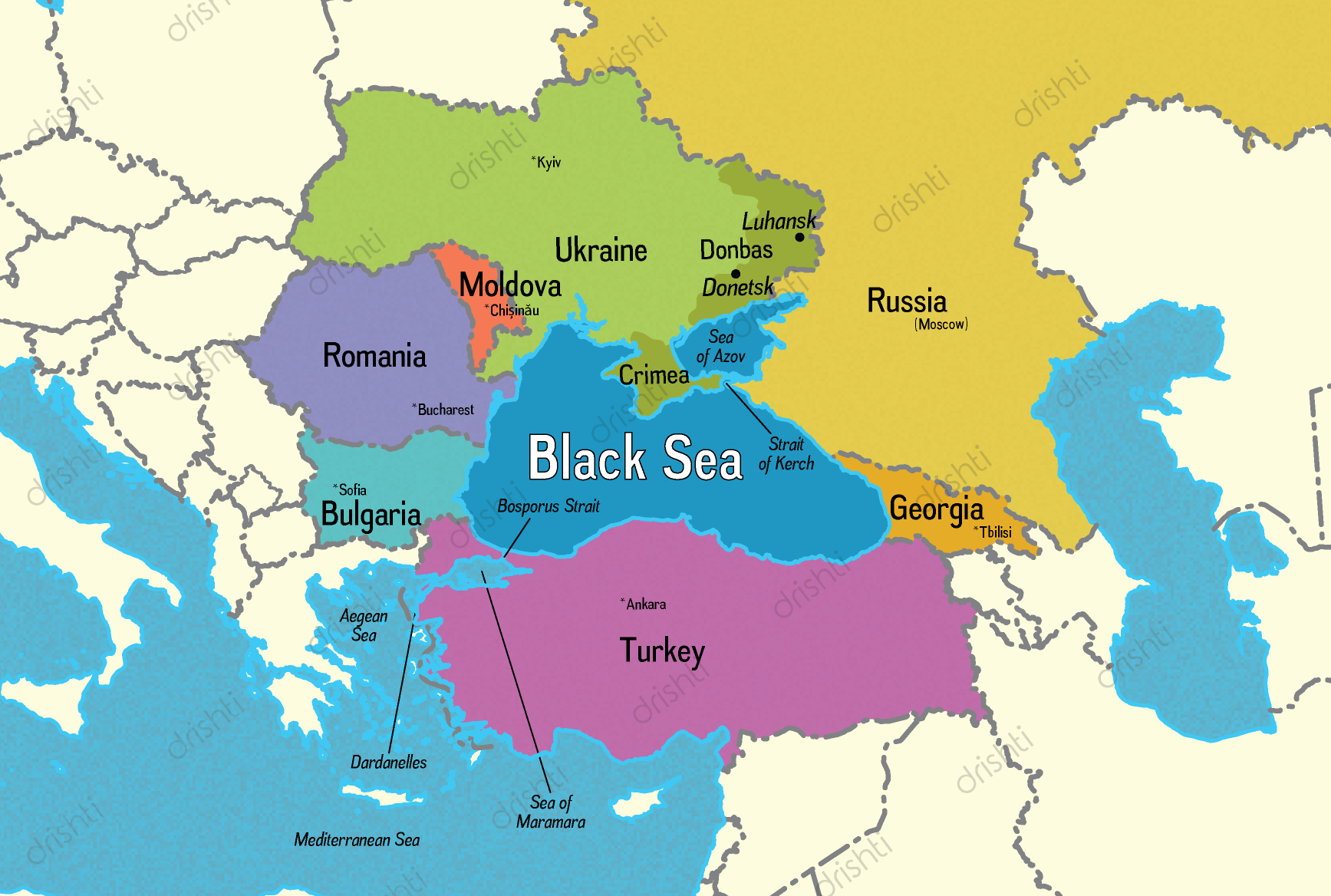
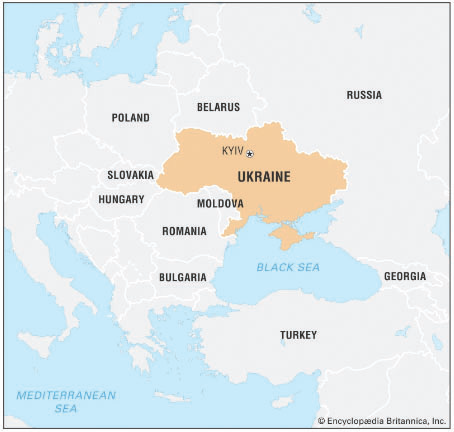
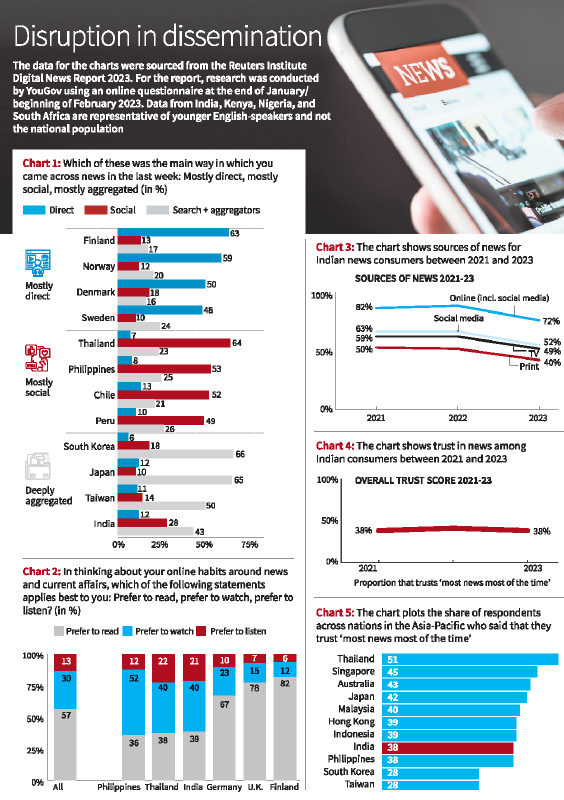
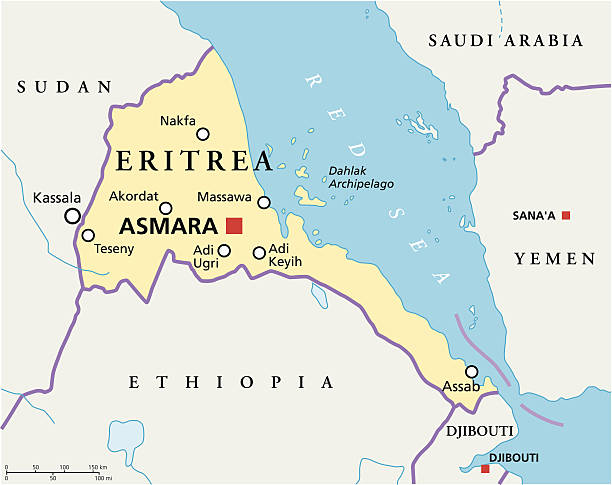
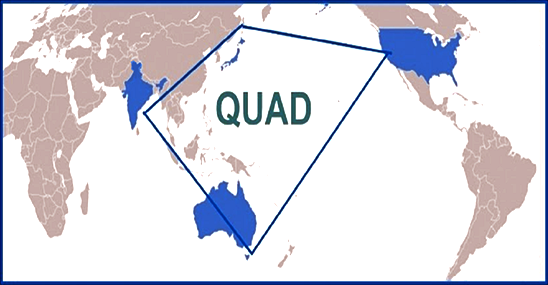





-min.jpg)